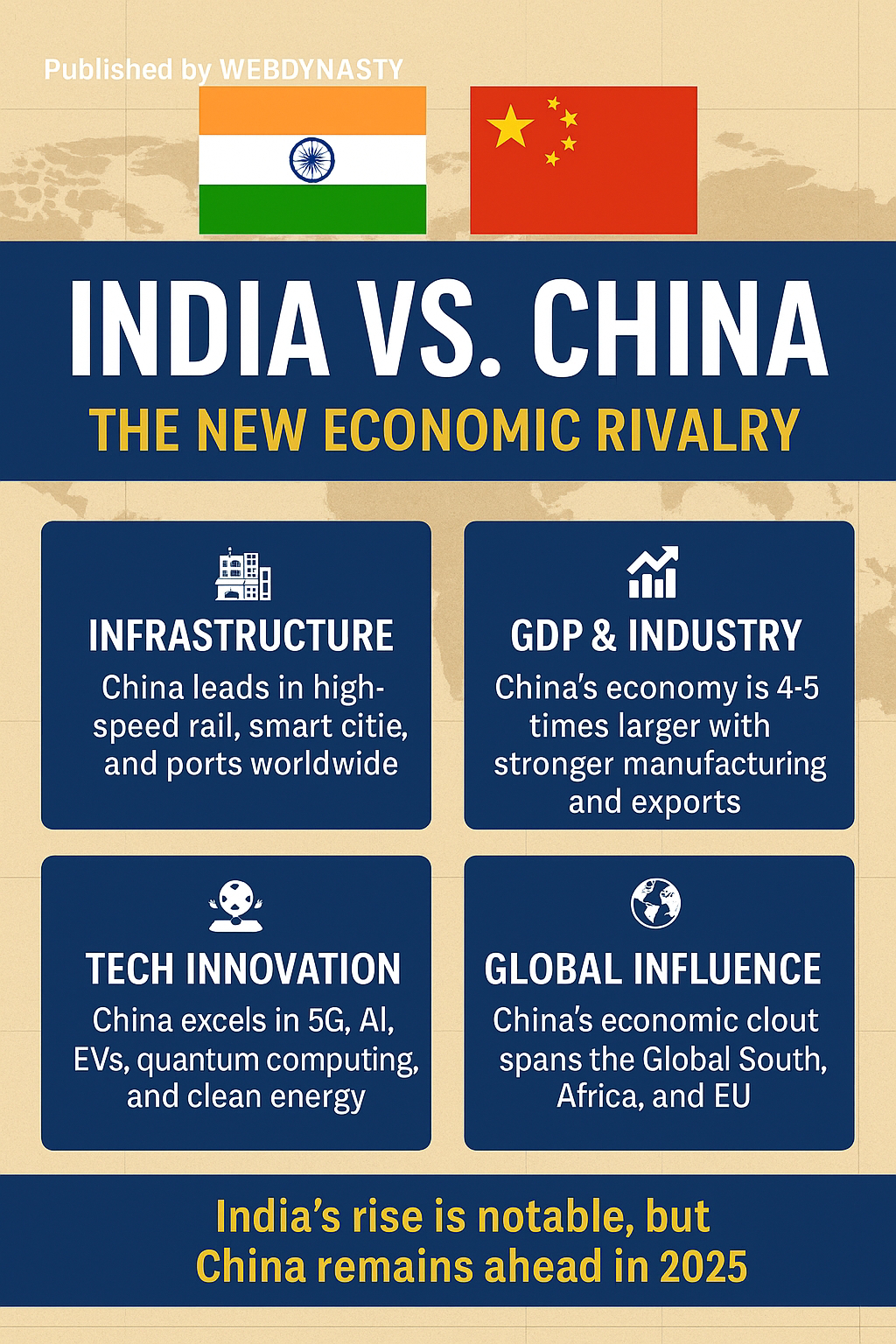Europe’s Economy in 2025: Modest Growth Amid Structural Headwinds
Europe’s Economy in 2025: Modest Growth Amid Structural Headwinds
Written by: WebDynasty
1. Modest Economic Expansion
The EU is projected to grow by approximately 1.1% in 2025, while the broader euro area is expected to see growth between 0.8% and 0.9%, according to the European Commission and IMF forecasts .
In early 2025, there were brighter signs of activity—GDP rose 0.6% in Q1 quarter-on-quarter in both the EU and euro area, with year-over-year growth at 1.5% and 1.6% respectively .
However, industrial output has recently declined. In June, euro zone industrial production plunged 1.3%, more than expected, thanks in part to weaker German manufacturing and consumer goods output .
2. Inflation and Monetary Policy Steady
Inflation across the euro area is forecast to align with the ECB’s 2% target by mid-2025, easing from 2.4% in 2024 and projected to decrease further to 1.7–1.9% by 2026 .
Reflecting this stabilization, the ECB is expected to maintain interest rates at around 2% until at least December 2025 .
3. Key Risks Ahead
Several factors are restraining broader growth:
- Tariff pressures: Rising uncertainty due to U.S. trade policies led the European Commission to cut its eurozone growth forecast to 0.9% for 2025 (down from 1.3%) with a moderate rebound (1.4%) expected in 2026 .
- Structural inefficiencies: European economists point to slow reforms, especially in Germany, and heavy reliance on vulnerable export sectors .
- Political instability: Fragmented governance in large economies like France and Germany complicates decisive economic action .
- Demographic challenges: Aging populations across Europe are increasing fiscal pressure through rising healthcare and pension costs .
4. Stability Underpins Outlook
Despite challenges, some stabilizing factors are at play:
- Employment is steady—Q2 2025 saw a slight GDP uptick (0.1% quarter-on-quarter), though Germany contracted slightly while France grew 0.3% .
- The Draghi report urges Europe to prioritize competitiveness through coordinated industrial policy, innovation investment, and completion of the single market .
- Greater spending on infrastructure and defense (“ReArm Europe” initiative) may bolster economic resilience, even as fiscal rules adapt to the new geopolitical environment .
Final Word
In 2025, Europe faces a complex economic landscape—moderate growth, subdued inflation, and cautious monetary policy, shadowed by trade risks and structural rigidity. Still, efforts to modernize industrial strategy and political momentum in key sectors like infrastructure and innovation may reinforce long-term stability.
Europe isn't booming—but there's the potential for stability if economic reforms and strategic investments gain traction.




Comments
Post a Comment